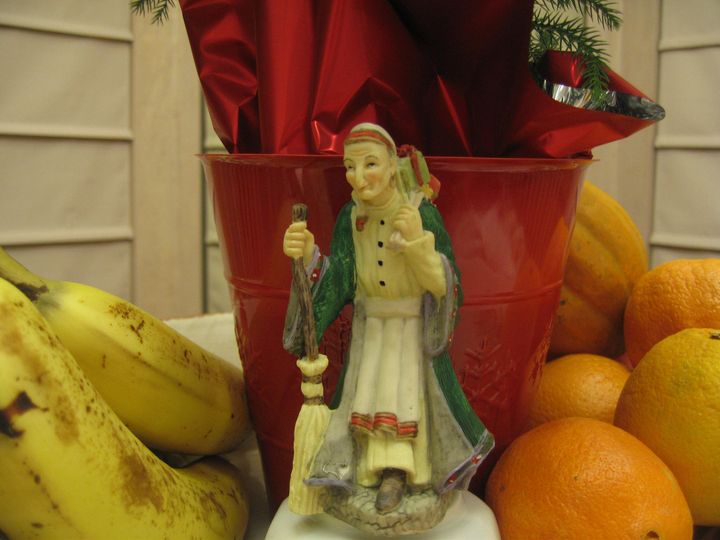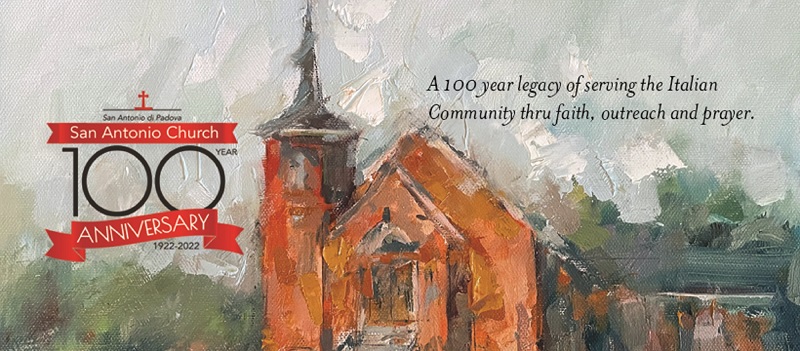We would like to thank everyone who has continued to contribute to the ongoing expenses of San Antonio Church by mailing in their weekly envelopes or by contributing electronically utilizing WeShare . The buttons at the bottom of this post allow you to make online donations directly to the listed account for San Antonio Church.
Weekly Bulletin January 3, 2021
by Terrie Evans
On this Sunday, we honor the Feast of the Epiphany, commemorating the manifestation of Christ to the whole world as represented by the Magi from the East. The traditional date for Epiphany is January 6th , but is celebrated on the closest Sunday and honors the day the Wise Men reached Bethlehem – the day of the revelation of Jesus’ Birth. It is sometimes called the Baptism of Jesus, Three Kings Day and in some traditions celebrated as Little Christmas. Epiphany may have been originated in the Greek-speaking eastern half of the Roman Empire as a feast to honor the Baptism of Jesus. An early reference to Epiphany as a Christian Feast was in 361 A.D. by Ammimanus Marcellinus, a Roman soldier and historian who recorded many of the events of the early church.
The time frame of Epiphany includes the commemoration of His birth; the visit of the Magi, all the events in Jesus’ childhood which includes the Baptism of John the Baptist and the miracle (changing water into wine) at the wedding at Cana in Galilee. In many cities throughout Italy, a traditional Epiphany procession will move through the streets, leading to a Nativity scene. On the Feast of the Epiphany, throughout Europe, the priest will wear white vestments as he blesses Epiphany water, Frankincense, Gold and Chalk. The chalk will be used to write the initials of the three Magi, Caspar, Melchior and Balthasar over the doors of churches and homes. The initials in Latin are interpreted as Christus Mansionem Benedicat or May Christ Bless this House.
Today, we will bless the chalk to take to our homes for a New Year’s Blessing. In ancient times, the priest would announce the date of Easter on the Feast of the Epiphany, a tradition that dated from a time when calendars were not readily available. It was necessary for the church to publicize the date of Easter since many celebrations of the Liturgical Year depended on it. The announcement of the date would be sung or proclaimed at the Ambo by a Deacon, Cantor, or Reader after the reading of the Gospel or after the post communion prayer.
In Italy, children will await a visit on the eve of Epiphany by a woman known as La Befana, “The Italian Christmas Witch”. The legend tells of a friendly Italian witch who rides around on a broomstick looking for the Wise Men who are on the road to Bethlehem to see the baby Jesus. She declined their offer to accompany them on their journey because she was too busy doing her housework. So now all Italian children will wait for a visit from La Befana, the good hearted and hardworking old woman who will bring treats to the children. The name la Befana comes from the Greek word Epifania, the Italian name for the religious feast, Epiphany.

